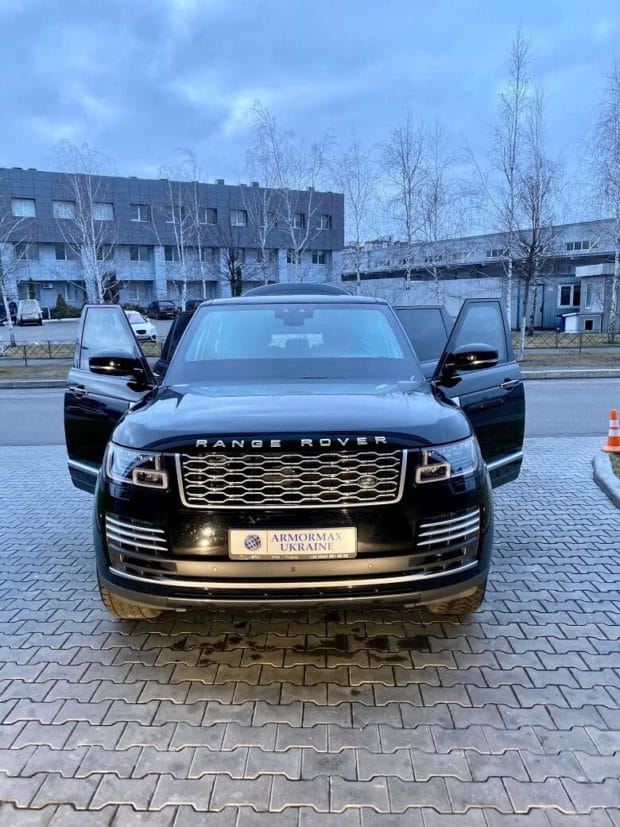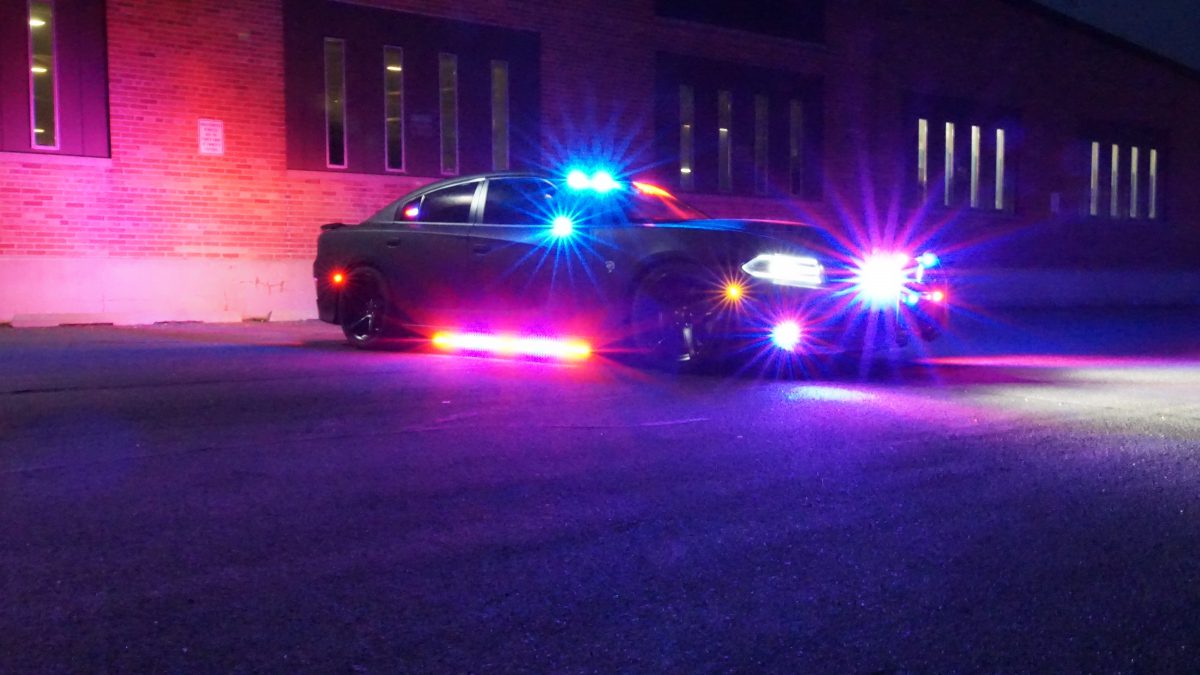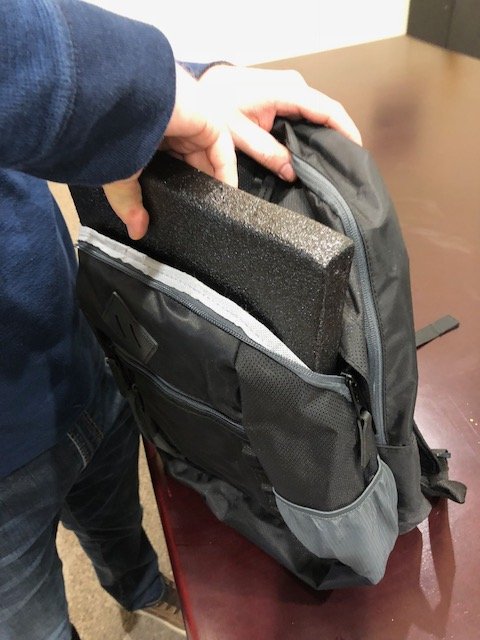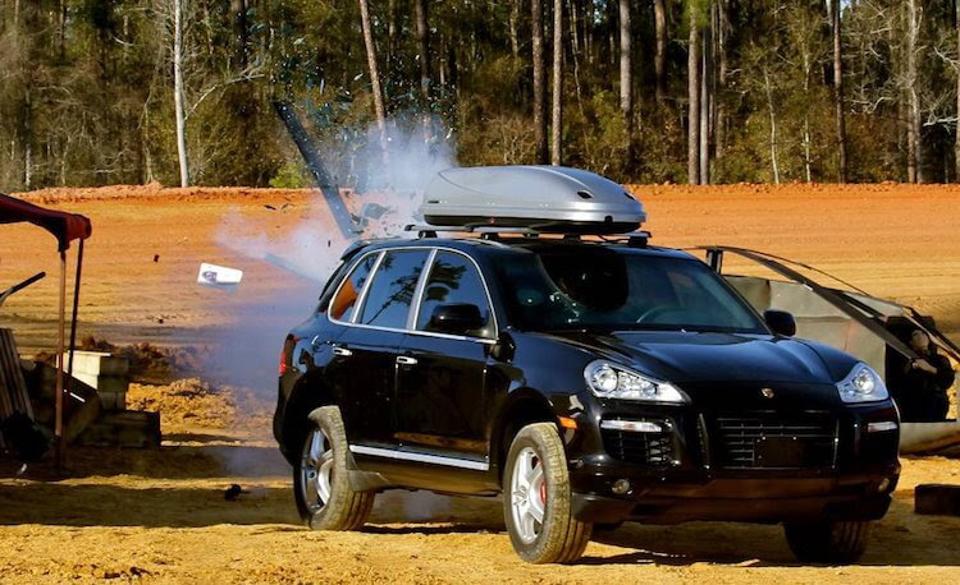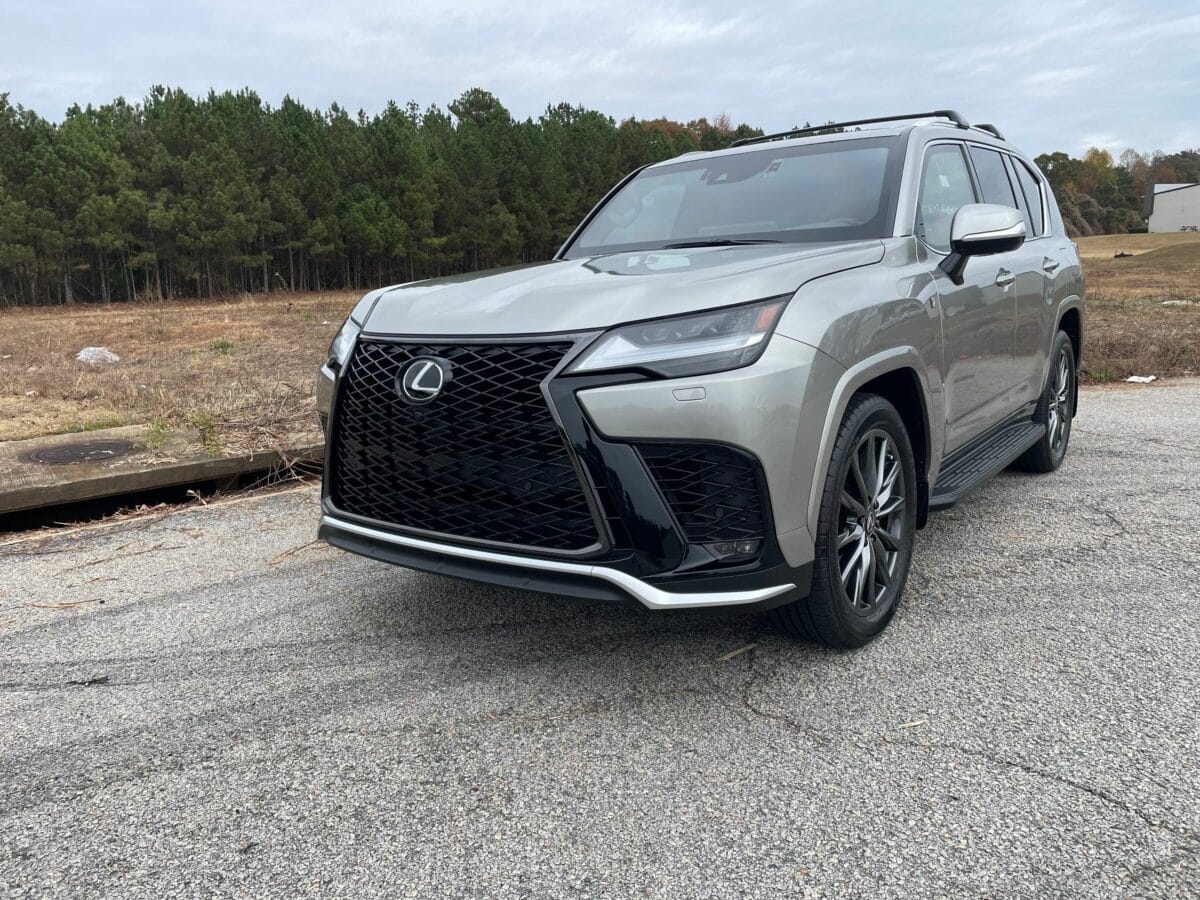Armored vehicles play a vital role in ensuring the security of occupants in various scenarios, from military and law enforcement operations to civilian and corporate use. In this article, we will delve into the levels of body armor, focusing on the B4, B5, B6, and B7 levels of bulletproof car armor. We will also touch on NIJ standards and Level IIIA to help you make informed decisions regarding your armored vehicle’s protection.
As a bullet leaves the barrel of a gun, its trajectory depends on multiple aspects that determine how the bullet will travel through the air until it hits a solid surface. The time it takes for everything to happen is beyond our human sensory perception (one of the reasons why slow-mo cameras shooting different objects are so popular).
From the moment of pulling the trigger to the instant the bullet hits the target, it takes only a few milliseconds depending on the distance. Aiming a gun at a target even at the best possible precision alone cannot guarantee that the bullet will hit it as expected. Using a ballistic chart is the best and most convenient method of determining a bullet’s trajectory before firing a gun (today there are even apps to assist with this).
A ballistic chart can provide you with information on the velocity of the bullet, its weight, and the precise trajectory. Proper use of a ballistic chart can assure you of hitting any target anywhere at any given time.
Make the best use of every ammo available. We also want to help you understand the levels of B4, B5, B6, and B7 armor levels that they offer at International Armoring Corporation and Armormax.
Ballistic Armor Levels
A ballistic protection level indicates to what extent body armor can protect against bullets. There are several different standards of body armor protection; the higher the level, the higher the protection.
For vehicle armor, we mostly follow the European standard (B4 or B6) levels, but can adhere to any standard NIJ (see below), as long as we are comparing apples-to-apples such as from the National Institute of Justice (NIJ) for body armor.
Most early-age body armor was level 1 protection gear with early-generation ballistic fiber. This could only stop very low-velocity pistol ammunition and protect against fragmentation.
It is common to see that in many body armor brands, a ‘+’ sign is added following the threat level. This sign implies that the body armor has been tested for an additional caliber other than the calibers already mentioned for the respective level of body armor protection.
Level 2A body armor is the most commonly used protection gear because it can protect against most calibers including 9mm and 357 Magnum. Later, after vehicles became more common to armor, (see our History of Armored Vehicles post) and more advanced rifles and artillery were created, other standards were created that are accepted worldwide.
Just like ballistic protection levels are available for body armor, an accepted system of protection levels is available for vehicles which indicates. This system rates their ability to resist different bullets from penetrating the inside cavity of the vehicle with ballistic glass and armor designed to fit each vehicle model.
International Armoring’s armored vehicles are used in over 150 countries and trusted by some of the most high-profile leaders, celebrities, and individuals. Our track record of saving lives and cutting-edge technology is unparalleled.
Body Armor Ratings Chart
How are armored cars rated?
The NIJ is the world leader in armor ballistic testing. They perform a wide range of tactical tests that reveal details about armor standards, demonstrating the range of protection offered by a series of armor and guns. The NIJ offers 8 classifications of protection, including Class I, IIA, II, IIIA, III, IV, V, & VI.
In Europe, they utilize body armor levels B1-B7 via the Standard EN1063 scale.
Understanding NIJ Ballistic Levels
Level IIA
Level IIA body armor offers protection against lower-velocity ammunition such as 9mm and .40 S&W. Level IIA is typically lightweight, making it an excellent choice for daily use by law enforcement officers and security personnel.
Level II
Level II body armor provides protection against more significant threats, including 9mm and .357 Magnum ammunition. This level is commonly used by security personnel and offers a balance between protection and wearability.
Level IIIA
Level IIIA body armor is among the most popular choices for concealed and overt armor. It can protect against high-velocity threats, including 9mm, .44 Magnum, and 12-gauge buckshot. Level IIIA is suitable for various applications, including personal protection and law enforcement.
Level III
Level III body armor is designed to defend against rifle rounds, including 7.62mm NATO FMJ. Level III is used in more specialized situations, such as by tactical units and security teams operating in high-risk environments.
Level IV
Level IV body armor is the highest level of protection available to civilians. This ballistic level can withstand armor-piercing rifle rounds, providing maximum protection. This NIJ level is typically used by military and law enforcement professionals in high-threat scenarios.
Factors to Consider When Choosing Body Armor Protection
Personal Safety Requirements: Consider the potential threats you may encounter, and the level of comfort required. Different scenarios require distinct levels of protection. For instance, someone in a high-risk security profession may need armor capable of withstanding rifle rounds, while a civilian may prioritize protection against handgun threats.
Budget Considerations: Body armor is available in a range of price points, and while personal security is paramount, budget constraints also play a role in the decision-making process. It’s worth noting that body armor can be a long-term investment in your safety, so consider it an investment in your well-being and peace of mind.
Legal Restrictions and Regulations: Ensure you are compliant with local and federal laws regarding the possession and use of body armor. Being fully informed about the legal framework surrounding body armor is essential to ensure you stay within the boundaries of the law while enhancing your safety and protection.
If interested in learning more or have further questions take a look at this post: More Common Bulletproof Car Questions and Answers
See a video showcasing the glass here:
Body Armour FAQs
What is the highest level of bulletproof protection?
B7 protection is the strongest level of protection used to stop armor-piercing bullets from high-velocity rifles including sniper rifles. Some special-use vehicles can still accommodate higher protection levels. These extraordinary vehicles are often reserved for military and government use, as well as niche security applications where the absolute highest level of body armor is required. These bulletproof vehicles may feature ballistic levels beyond B7, denoted as B7+, B7++, or other specialized designations.
What level of armor is used to transport valuables?
B6 armor is typically used by vehicles to transport valuables and other precious items, including protection for prominent individuals. B6 level armored vehicles offer protection against high-velocity rounds, such as 7.62mm NATO FMJ. They are suitable for transporting valuable assets in regions with elevated security risks and are often used by banks and security companies.
What is VR6 level armor?
The VR6 armor protection level can stop AK-47 bullets. “VR” stands for “vehicle resistance.” VR6 level armor is often used in armored vehicles for government officials, VIP transportation, military applications, and other high-risk scenarios where a higher level of ballistic protection is necessary.
Key Takeaways: Levels of Body Armor Standards
The various NIJ levels and specialized B4, B5, B6, and B7 levels provide a range of safety options for different scenarios. It’s worth noting that level IIIA offers versatile protection against a wide array of threats, making it a popular choice for personal defense. By considering factors such as safety requirements, budget, comfort, and legal regulations, you can make an informed choice to enhance your safety and security.

